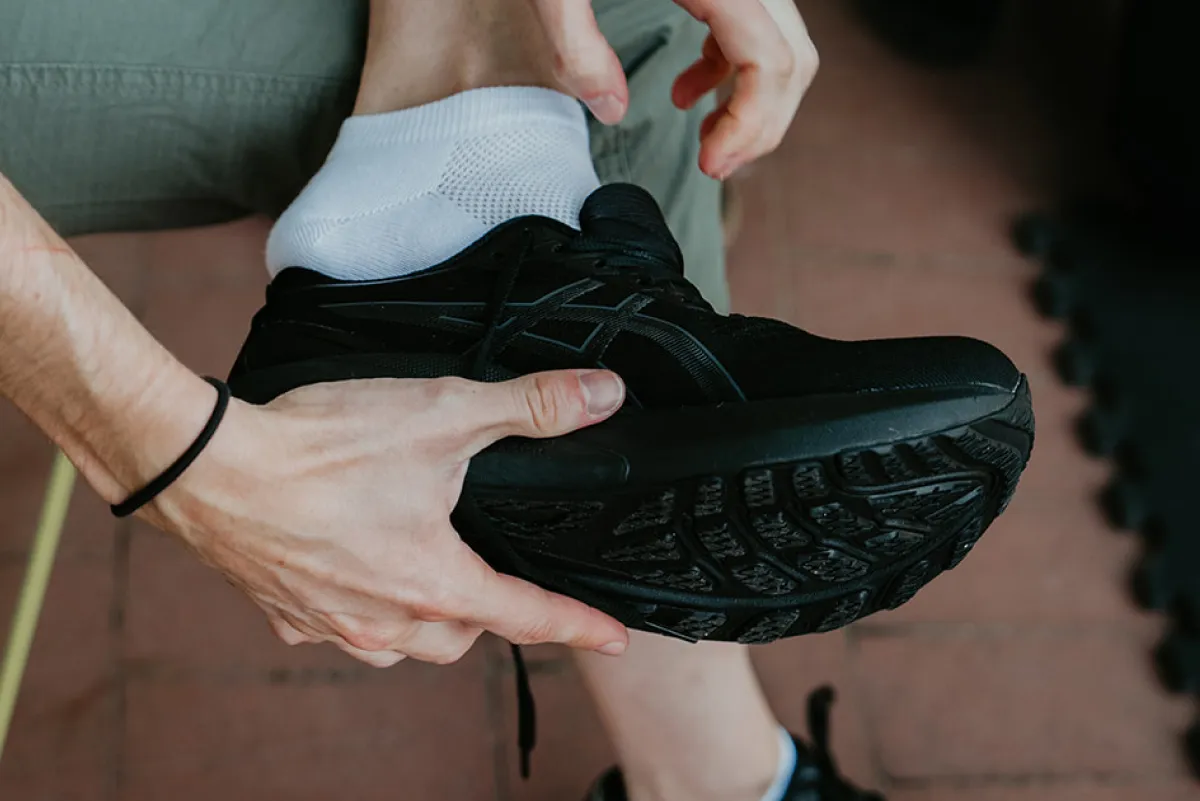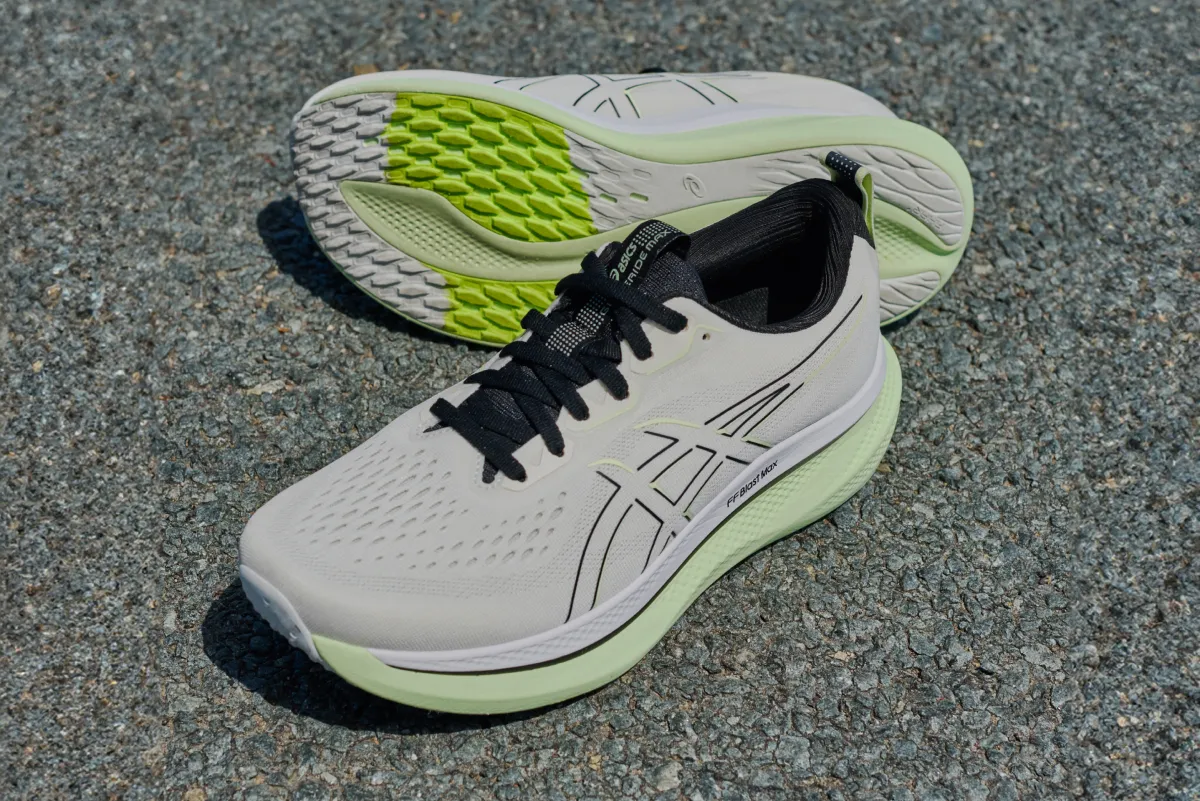
How to Know It's Time to Replace My Running Shoes
October 10, 2024
Running in worn-out shoes can be uncomfortable and even cause injury. Improve your runs by knowing exactly when to replace your running shoes.
As a runner, you probably already know just how important your running shoes are for your sport. Whether running is just a hobby or you're an elite athlete who competes in races and marathons, the right pair of running shoes keeps you comfortable during your runs and may help to prevent injuries.
But running shoes do not last forever, and because every runner is unique, there is no single right time to buy new ones. Learn what to look for in your own running shoes so you'll know when it's time to replace them.

How often should I replace my running shoes?
There is no one-size-fits-all answer to the question of when you should replace your running shoes because everyone has different needs based on factors like how often they run and the surface on which they run.

Check the four main components of your shoes
The American Academy of Podiatric Sports Medicine (AAPSM) suggests checking the four main components of your running shoes to determine when you need a replacement, including the outer sole, midsole, heel counter, and shank.
According to the AAPSM, when the "outer sole has worn through to midsole or there is more than 4 millimeters difference from the other side of the heel, the shoe should be replaced."
The midsole provides shock absorption when you run, but when it becomes deformed, creased, or feels uneven when compressed against a flat surface, it's usually time to replace your shoes.
When the heel counter feels too flexible or seems to deviate from one side or the other when looking at it from the back of the shoe, it's no longer doing its job, which is to prevent excessive heel motion, so your shoes will need replacing.
The shank or cut-out area of the shoe also wears down over time, so be sure to take a close look at it periodically to see if it's still in good condition.

Other reasons to consider replacing your running shoes
Aside from the age and appearance of your shoes, there are some other factors you can consider when determining whether it's time to replace your running shoes. For example, your typical running surface matters. The more you run on trails or off-road, the faster your shoes may wear out.
Pay close attention to the way your shoes feel. Do they cause aches and pains in your feet, hips, and knees when you run? If your answer is yes, a new pair of shoes may help prevent future incidents.

How can I make my running shoes last longer?
Wearing worn-out running shoes can be uncomfortable and cause safety issues, but there are some ways you can make your current shoes last a little longer if you're on a budget or you've found a pair of shoes that you just really love. Try the following:
- Buy two pairs of your favorite running shoes at one time and alternate them each day you run.
- Only wear your running shoes when you run—don't keep them on afterward when you go to the grocery store or wear them when you participate in other sports and physical activities.
- Avoid putting wet shoes in the dryer or leaving them outside in the elements to dry. This may cause them to break down quickly.
- Untie your shoes when you take them off. If you take them off while they're still tied, they may stretch out over time. Similarly, make sure you tie them correctly when you put them on.
- Keep your shoes clean after every run. Avoid putting them in the washing machine. Instead, try using a sponge, damp cloth, or special sneaker cleaner to remove any mud or dirt. Make sure you pick off any rocks or other debris that get stuck in the treads.
Please note: The information contained herein is for informational purposes only and does not contain or constitute medical advice or a medical opinion. Always consult with your qualified and licensed medical professional prior to beginning or modifying any diet or exercise program.









